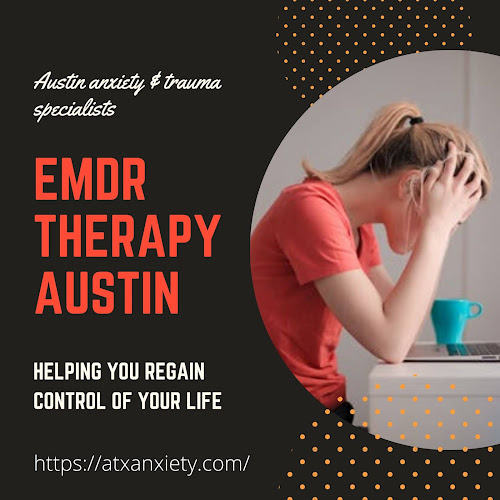How Therapists Are Adapting EMDR Therapy During COVID-19
There is
little doubt that the COVID-19 pandemic is felt as a collective trauma
by unprecedented numbers of people around the world. It's natural if you feel
particularly overwhelmed right now, between the terror of the virus itself, the
economic impact or the anticipation of what's happening next.
Especially
if you're a trauma patient already, COVID-19 will present a variety of special
challenges. A big one is having to pursue psychological recovery in an
electronic format — your therapist's in-person presence offers a sense of
comfort that you do not experience across a computer screen when emotionally
distancing during the COVID-19 pandemic. The famous trauma eye motion
desensitization and reprocessing, EMDR therapy Austin is probably one of
the most challenging forms of therapy to put online.
What is EMDR?
Eye Movement Desensitization and Reprocessing (EMDR) is a type of
therapy initially intended as a treatment for post-traumatic stress disorder
(PTSD) and trauma sufferers. Other conditions, such as anxiety, phobias, sleep
difficulties and chronic pain, have since been shown to help. Whether and why
EMDR functions is indeed something of a mystery. One theory suggests that it
may imitate how memories are processed by the brain during REM sleep, but there
is no doubt that it helps many.
The core
of EMDR, which Francine Shapiro, Ph.D., founded in the late 1980s, is to
help reprocess painful experiences in the brain. Those memories can get trapped
after a traumatic event and trigger a visceral stress reaction in your present
life.
At first
it might seem a bit unconventional to do EMDR therapy. You will be using
bilateral stimulation, rhythmic patterns of the left-right as you focus on one
traumatic memory at a time. Bilateral stimulation may follow your therapist's
finger or a light beam with your eyes back and forth, alternating tapping on
your legs or keeping pulsing paddles in each of your hands. You must rely on
the complicated memory by utilizing simultaneous relaxation at the same time.
Meanwhile, in a sequence of reprocessing exercises, you'll explain what you are
feeling with your psychiatrist before the memory disturbance reduces.
How Are Therapists Adapting EMDR Online?
COVID-19
has relocated much of the therapy online, and with those in the midst of EMDR
counseling, therapists face a big obstacle with whether to maintain providing
EMDR directly to clients. Historically EMDR has been performed in the presence
of the psychiatrist. It's a hands-on form of treatment — Bilateral instruments
of relaxation usually live in the lab. Therapists have overcome this issue by
encouraging people to press at home on their legs or using a video-sharing
system to activate and end the left-right stimulus on the phone.
Online
trauma therapy raises particular safety concerns, since therapists have
minimized online access to participants. Trauma treatment can be intense and
trigger reactions at the crisis level that therapists would like to help
contain during an in-person session. Additionally, therapists need to view your
whole body to better understand what's going on and they realize when you're
stressed and will help you remain healthy. Now you don't worry. We are here to
help you. Now you can continue your treatment online. Just call us at
512-761-8521 to talk to our therapist Austin tx.




Comments
Post a Comment